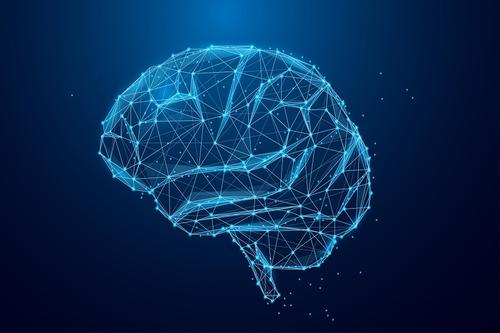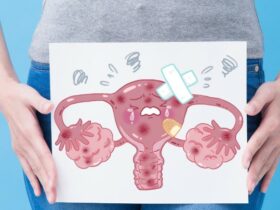United States: The patient’s brain function could be monitored using the advanced techniques of brain scans to determine if a psychotic patient will progress to treatment-resistant schizophrenia, which represses remission by Dutch researchers.
MRI or NM-MRI
The scan is being referred to as a neuromelanin-sensitive MRI, or the NM-MRI for brevity – targets the brain pigment called neuromelanin. This pigment may show the presence of a healthy dopamine system based on visual observations, as reported by The HealthDay.
Dopamine is known to be a motivating and reinforcing hormone in the brain. The implications derived from a high level of dopamine may include aggressiveness and the poor impulsive control characteristic of psychosis.
The study’s authors, led by Marieke van der Plijm, a postdoctoral researcher at the University of Amsterdam in the Netherlands, believe NM-MRI has the potential to be revolutionary.
“There is an urgent need for markers to identify treatment non-responders in schizophrenia at an early stage and facilitate timely initiation of clozapine, the only antipsychotic with proven efficacy in non-responders,” they wrote in the March 13 issue of The American Journal of Psychiatry.
While patients who respond to treatment show a rise in the dopamine function, those who do not display no change in dopamine function. Scientists think it may mean that neuromelanin, as a measure of dopamine function, is higher among responders.
Research Methodology

The sample included 62 patients among the 18 to 35-year-old group who suffered from their first psychotic episode. The diagnosis was schizophrenia for all of them. The patients were provided with the study and a control group of 20 healthy volunteers.
Each patient had a clinical interview, an IQ evaluation, and an NM-MRI scan, and those with psychosis were additionally treated with antipsychotics.
The response of the patients to the treatment at the six-month mark was examined. Individuals with symptoms in at least four categories of delusions, hallucinations, posturing, or weird thoughts and disregarded by the medication after two trials were categorized as non-responders.
They were considered non-responders if they experienced no response or had severe adverse effects to any other antipsychotic drug or if they changed to clozapine during the monitoring period.
Key Results
Among these 62 patients, 47 people were responders.
In the baseline NM-MRI, the 15 non-responders showed a significant reduction in signal intensity in a brain region called the substantia nigra. It has a high concentration of dopamine neurons, which are involved in emotional response and reward behavior regulation as well as others.
By using neuromelanin evidence, researchers showed that 68% of the patients would have a positive response to the treatment, as reported by The HealthDay.
In total, 28 responders, compared to nine non-responders, went for the follow-up scans; the NM-MRI signal remained the same after a span of six months.
“This study demonstrates the potential of NM-MRI as a noninvasive marker for treatment resistance in schizophrenia at an early stage,” the authors concluded. “Eventually, an adequate prediction model could lead to early identification of treatment resistance in schizophrenia and thereby substantially reduce delays in effective treatment and improve outcomes.”











Leave a Reply